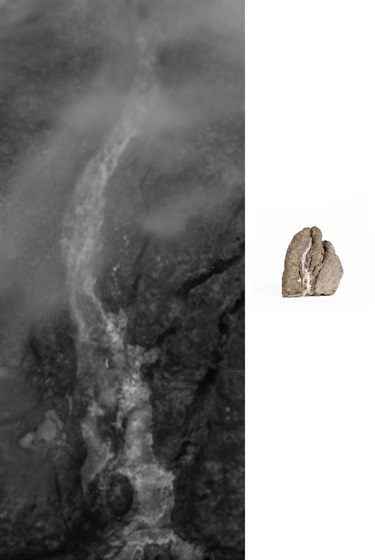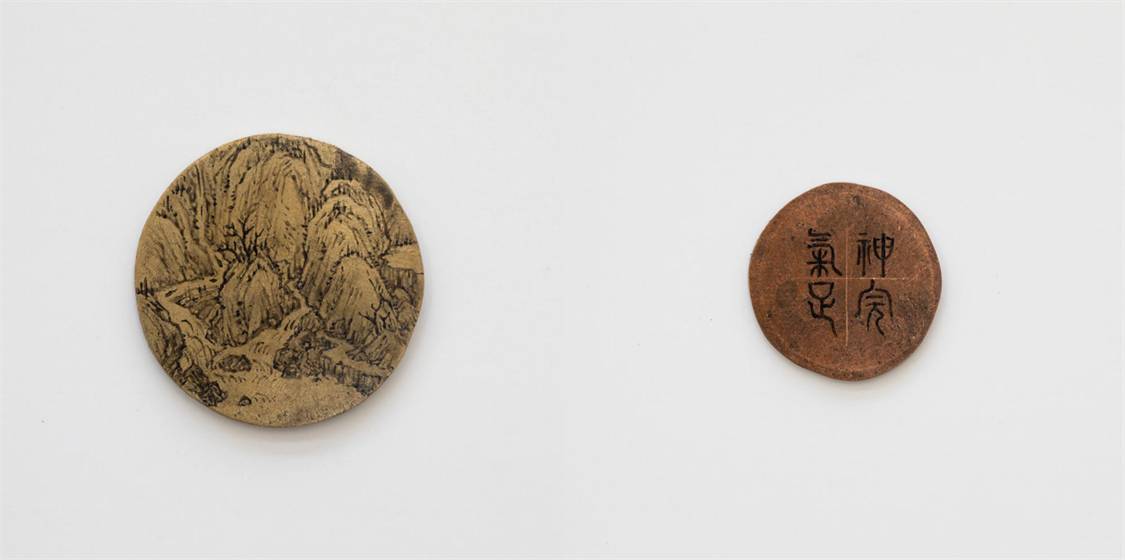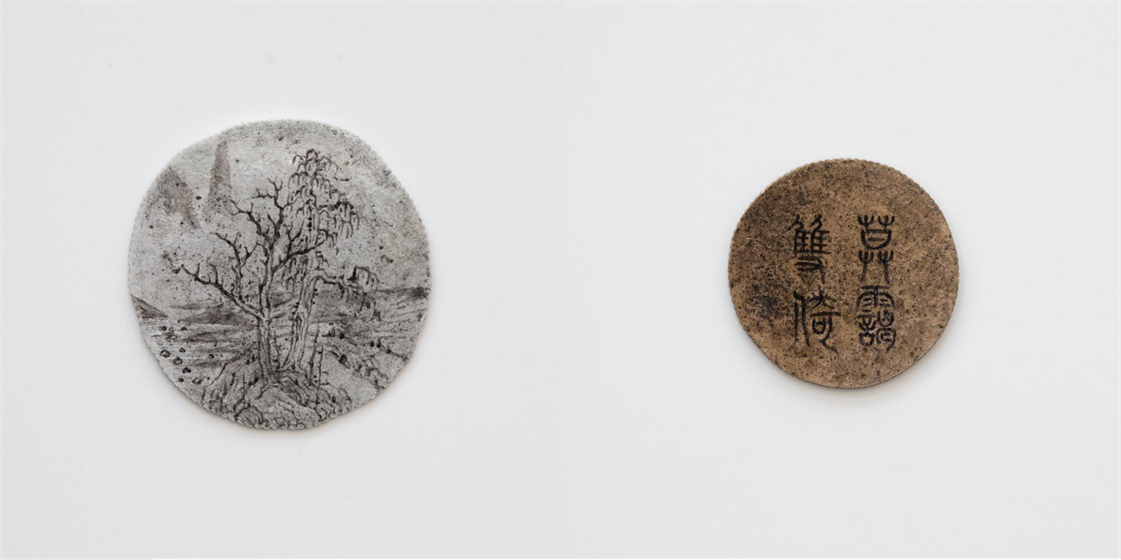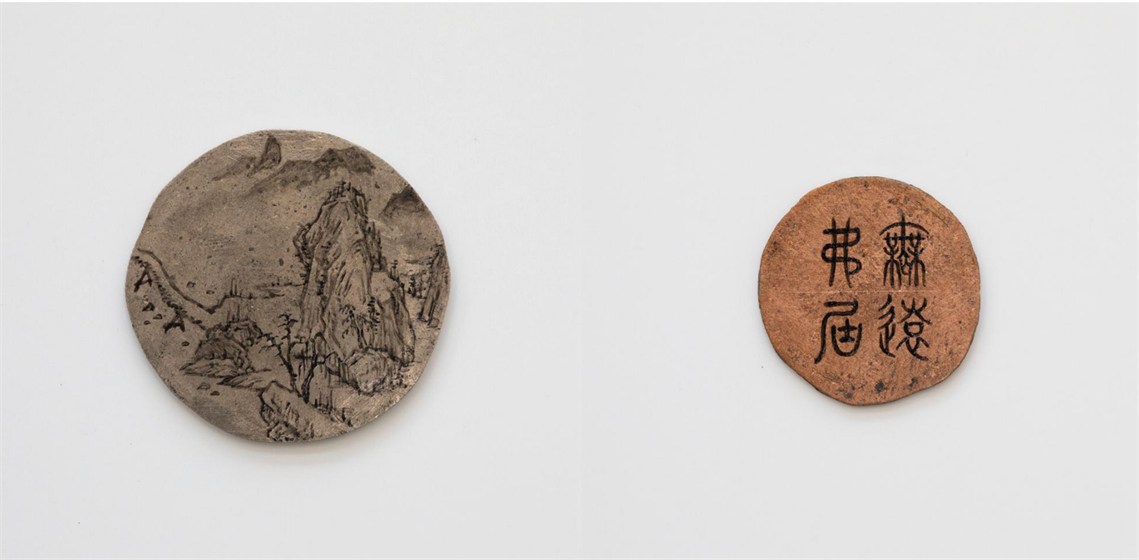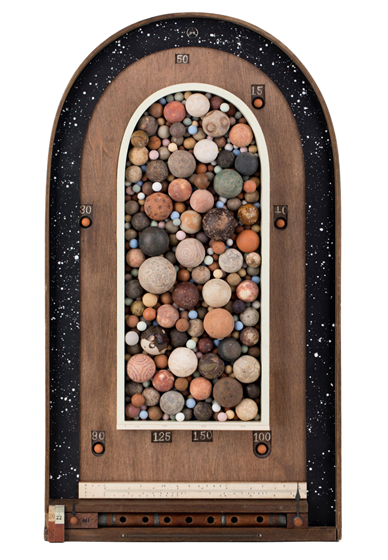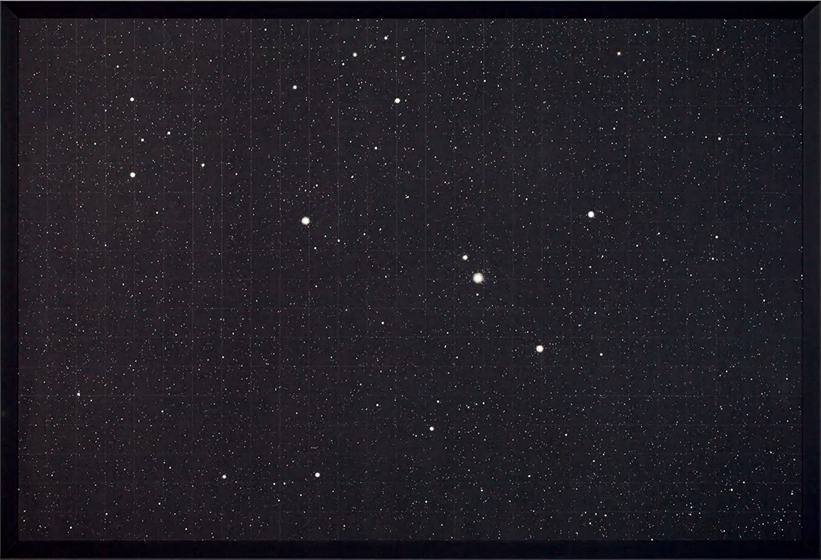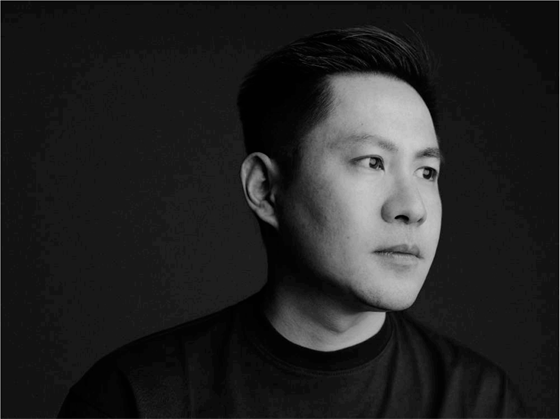W.ONESPACE is delighted to present the third edition of the Unparalleled Collection Series, and we are honored to have artist Ni Youyu as our distinguished host this time.
As a field that bridges the past and the present of the complex art forms, W.ONESPACE provides a unique platform and invites art practitioners in different areas, jointly present an image containing unique personalities, aesthetic interests of multi-perspective. Exhibited works and collections in the project have no priority, nor distinction. We expect the project to give the audience a realistic understanding of how the artists' habits influence their works, and how they relate to artists’ lives. Through a "real-life" scenario, we can put aside redundant interpretations of any art form, just offering an angle that could be perceived to see the story behind.
Ni Youyu's artworks and collections collectively weave an intricate and interconnected web, a complex yet harmonious aesthetic system. When it comes to the artist himself, numerous labels and adjectives may flood our minds. However, 55 ancient Xiejing (sutra transcription) pieces hanging at the front wall of the exhibition hall surpass many pale words, profoundly elucidating Ni Youyu's character.
His early experience studying traditional Chinese painting, combined with the influence of his father's background in architectural drawing, indeed instilled in Ni Youyu a keen focus on the "obsession with hands" and "precise accuracy." The Xiejing, meticulously handwritten by human hands on paper, serve as a visual manifestation of these qualities. Each stroke in the piece reflects the unique calligraphic style of the writer, and collectively, they reflect the calligraphic style and spiritual essence of an era. This seemingly monotonous and lengthy process, akin to water dripping on stone, accumulates tremendous energy through repetitive cycles. This practice of accumulation through long periods of time is often manifested in Ni Youyu's artistic endeavors.
The artist's series of artworks do not need to be reiterated here. However, the clues between series and between creation and collection are worth our careful attention. Taking the "Dust paintings" series as an example, each artwork originates from an original image of the starry sky, which the artist reinterprets in his own way. This process does not rely on projectors or other machines for positioning and calibration, but rather employs the most classical method. He enlarges the images proportionally by gridding, meticulously positions each star and nebula by hand, and finally repeatedly sprays adhesive to secure the chalk dust. This daily, extensive, and repetitive process is remarkably similar to the ancient Xiejing mentioned earlier. As the artist puts it, he pursues the process of "quiet meditation" rather than necessarily seeking the result of “enlightenment".
Another example is found in the formation of "Freewheeling Trip", which relies on tens of thousands of old photographs collected by the artist from around the world. After observation and categorization, the artist directly crops and collages them to create an "unrealistic landscape." Each piece of "Freewheeling Trip" is roughly the size of a ruler, cleverly echoing the scale seen in the "Inches of Time" series. The repetition and everyday essence conveyed in these works bear a striking resemblance to the temperament found in the artworks of Peter Dreher, which the artist also collects. Master Unmon said, “About the fifteen days before [i.e. before enlightenment] I do not ask you. Now that fifteen days have passed, come, say something.” Nobody answered. Unmon himself said, “Every day is a good day.” This state of maintaining purity and tranquility is evident in Peter Dreher's repetitive paintings of cups and can also be found in Ni Youyu's "Freewheeling Trip". It represents an inherent ability to continually reveal new facets within ordinary and familiar objects.
There are many subtle connections beneath. Since 2014, the artist has been collecting natural stones with "waterfall" patterns and creating artificial clouds in the studio. Subsequently, they magnify and photograph the patterns on specific parts of the rocks. Thus, the artwork "The Endless Second" appears as a waterfall surrounded by clouds when viewed from a distance. In reality, it contains only a single stone collected by the artist, and the white part resembling flowing water is naturally formed by the stone. In the painting works of Lucas Arruda, also included in the artist's collection, there is a similar expression of "recreating nature, where the heart itself is natural." The landscapes depicted in Lucas's paintings are fictional, and he is more focused on capturing the passage of time. Upon close observation of these two works, it feels as if we are immersed in a suspended and indefinable space, witnessing the constant passage of time. Similarly, the "micro" in "Coins", the "macro" in "Galaxy", the "weight" in "Pagoda", and the "lightness" in "Dust" all involve prolonged and almost meditative manual labor that becomes integrated into the artist's everyday life. They place the word "everyday" in a more significant position.
Ni Youyu's collection, spanning ancient and contemporary pieces, closely aligns with his own temperament and perspective, that is, "arising from sensibility and ending in rationality." In a corner of the exhibition hall, we can see ancient Chinese damaged carvings displayed alongside discontinued Transformers from the 1980s. Although only a small part of the artist's vast collection is on display, this fascinating juxtaposition provides a glimpse into his taste and considerations.
In the public's understanding, Transformers are a group of extraterrestrial life forms that can transform into robots or vehicles. However, from Ni Youyu's perspective, there are similarities between different Transformers and ancient damaged carvings.
The concept of "Vajra" (金刚) originates from diamonds, symbolizing unyielding bravery due to their extreme hardness, and metaphorically representing the wisdom of Buddha and Vajrapani. Some of the Vajrapani figures in Ni Youyu's collection were originally ancient "toys", and like Transformers, they are both composed of "standardized" modules. The artist is interested by the idea of "touching standards" (and subsequently questioning them).
In 1990, when Ni Youyu was a child, he wanted an authentic Transformer, but it was beyond his family's budget. So, his father handmade a wooden robot for him. Looking back now, whether it be the wooden figure serving as a cherished memento, the Transformer as a toy, or the ancient damaged carvings as specimens, subtle variations in individual components or grouped units produce completely different effects and forms. This attention to subtle differences beneath apparent uniformity allows us to experience a stubborn childlike innocence and an indescribable cunning lightness within the artist.
Ni Youyu's collection encompasses cross-cultural religious art, featuring partial figures of Vajrapani as ancient "toys", delicate and expressive Hutian Klin porcelain sculptures depicting infants, red terracotta Gandhara Buddha figures influenced by Hellenistic art, or the simple and rustic gray terracotta pagodas. Each of these pieces showcases fragments of urban life in medieval secular society, presenting the daily marvels of ancient civic society in his studio, arranged in a matrix-like form.
These elements have also left traces in Ni Youyu's own artistic practice, such as his "Pagoda" series. The fundamental issues of the secularization of medieval religious expressions, including content, form, and function, are closely related to Sutra Transformations. Ni Youyu's persistent study and collection of East Asian classical literature have influenced the transformations and alienations from text to image and back to text.
In response to the previous context, Ni Youyu's collection of Xiejing spans the entire East Asian region, with Japanese Xiejing forming a particularly noteworthy segment. Recalling the journey of Kūkai, also known as Kōbō Daishi, inherited Tángmì (唐密 – "Tang Dynasty Esoterica”) from the Tang Dynasty to Japan, gazing at the boundless horizon, and then extending to the distant spaces depicted by Robert Bosisio; subsequently, we can see the unattainable distance and unachievable escape portrayed by Lucas Arruda; and the moments and eternity depicted through abstract and minimalist lines by Julie Beaufils. From another aspect of Ni Youyu's daily life, these artworks showcase the marvels of overlapping time and space.
The meaning of life can be found in lightness rather than necessarily enduring a heavy existence, and Ni Youyu has long been aware of finding the lightness of life through art and creativity. Just as the subtly designed horizon elements in the exhibition, wandering between the artist's works and his private collection, we can sense a genuine "line" that alternates between reality and illusion. It not only exists within the artist's organized and unified body of work but also vaguely connects clues of time and daily life.
Italo Calvino once described a protagonist in his writing as follows: "This Marcovaldo possessed an eye ill-suited to city life···no matter how carefully devised to catch the attention, never arrested his gaze. Which might have been running over the desert sands. Instead, he would never miss a leaf yellowing on a branch, a feather trapped by a roof-tile···that Marcovaldo didn’t remark and ponder over, discovering the changes of season, the yearnings of his heart, and the woes of his existence. (From ‘Mushrooms in the city,’ the first story in Marcovaldo, p.1.)
To witness the marvels of the everyday, perhaps we can, like Ni Youyu, dedicate a day without overly concerning ourselves with efficiency and permit ourselves to luxuriate in the passage of time.








